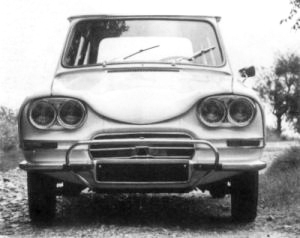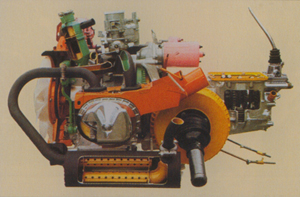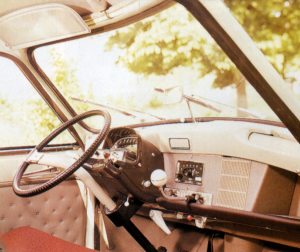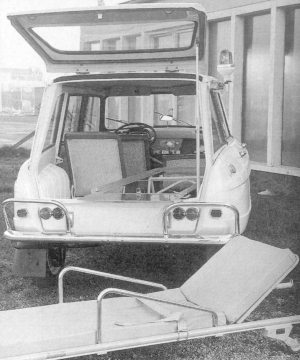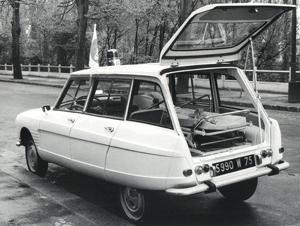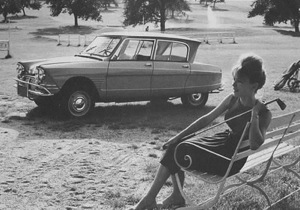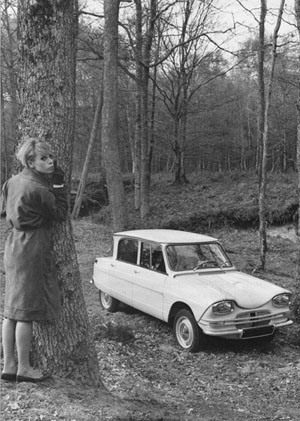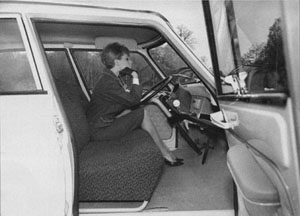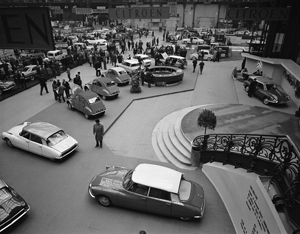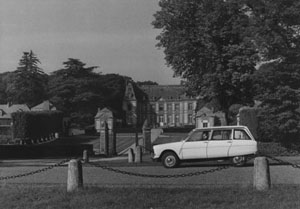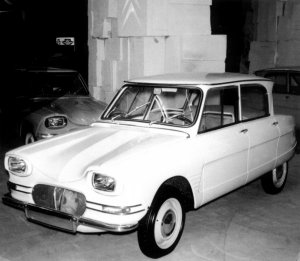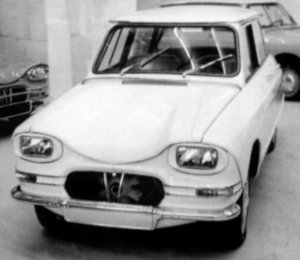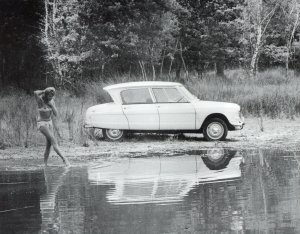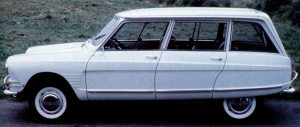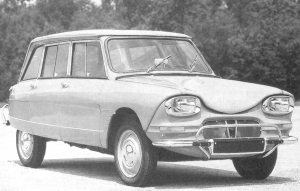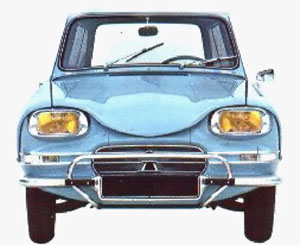|
|
|
|
The
name,
Ami 6, (
or "Love" in Italian) continued the
punning humour of the DS
(in French this means Goddess) and the ID
(which means Idea). The
interior borrowed the single spoke steering
wheel, door handles and
minor controls of the DS and could be fitted
with the Trafficlutch.
The Ami
6
was the
first car in the world to be fitted with
rectangular headlights - a
styling motif that would subsequently spread
worldwide.
|
 |
|
Above
the Export version featured
four round headlights - this is a US
market model.
|
|
Technical
specification
|
|
Engine
|
2
cylinders
Air
cooled
602
cc
20
bhp @
4 500
rpm (1961 - 1964)
26
bhp @
4 750
rpm (1964 - 1968
28
bhp @
5 400
rpm (1968)
35
bhp @
5 750
rpm (1968 - 1970)
3
CV
fiscal horsepower
|
|
Transmission
|
Front
wheel
drive
via 4 speed manual gearbox
|
|
Brakes
|
Drums
front
and
rear - front drums mounted inboard
|
|
Suspension
|
Independent
interconnected
front
and rear with horizontal logitudinal
coils springs. Inertia
dampers
at each wheel and friction dampers.
|
|
Steering
|
Rack
and
pinion
|
|
Tyres
|
125
x
380
|
|
Dimensions
(Berline)
|
Length
3
870 mm
Width
1
520 mm
Height
1
490 mm
Wheelbase
2
400
mm
Front
track
1
260 mm
Rear
track
1 220
mm
Weight
620
kg
|
|
Maximum
speed
|
102
kph
(1961
- 1964)
110
kph
(1964
- 1968)
112
kph
(1968)
123
kph
(1968
- 1970
|
|
|
|
|
A Break
version
was launched in September 1964 and proved to
be more successful than
the Berline - it looked less unconventional
than the Berline and was
also used as the basis for the Service
van
|
 |
|
Above
and below
for the US
market,
four round , sealed beam headlamps were
fitted, together with different
front indicators, a stainless steel grill and
oversized bumpers.
The rear also featured these bumpers, four red
lights and a different
mounting for the licence plate.
|
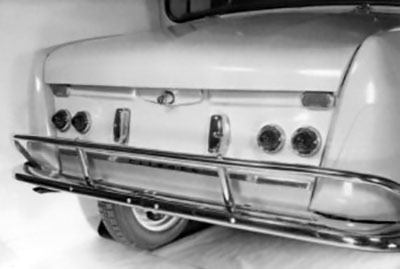 |
 |
|
|

|
|
|
Left
the Ami 6 together with the other two vehicles
in the range, the DS/ID
and 2CV at the Paris Salon in October 1960
|
|
|
|
|
|
The Ami
6's
target market was clearly women judging by the
publicity photos.
|
|
|
|
Above
and below
the
Tourisme version featured painted
headlamp trims, fixed rear door windows and
seats from the 2CV.
|
|
|
|
|
|
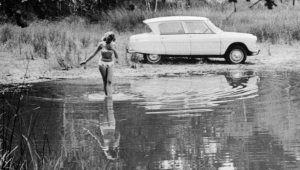 |
|
|
|
|
|
|
|
|
|
Above
the Spanish version of the Ami
6 Break was called Dynam and had unique rear
lights.
|
|
|
|
Above
the rear lights were reworked
in 1968 and were subsequently fitted to the 2CV
4 and 2CV 6.
|
 |
|
|

|
|




